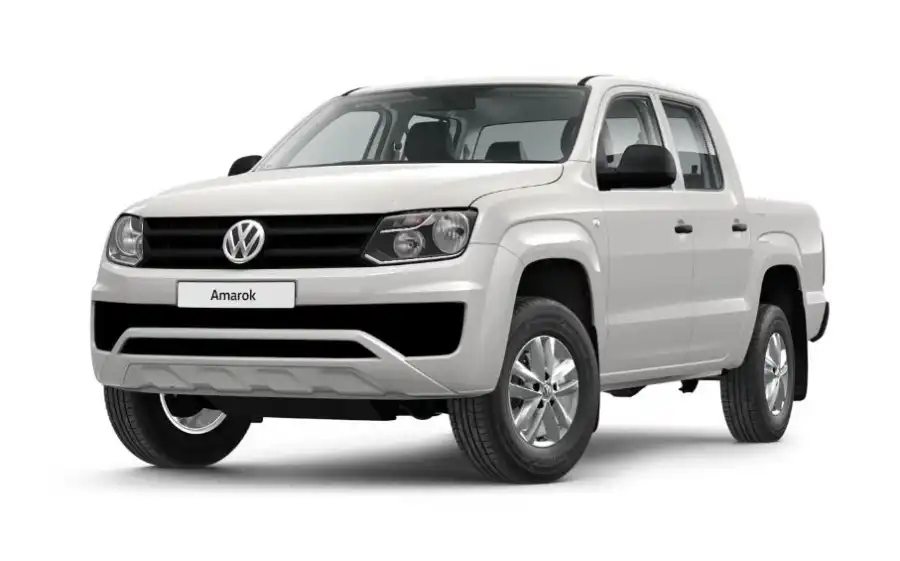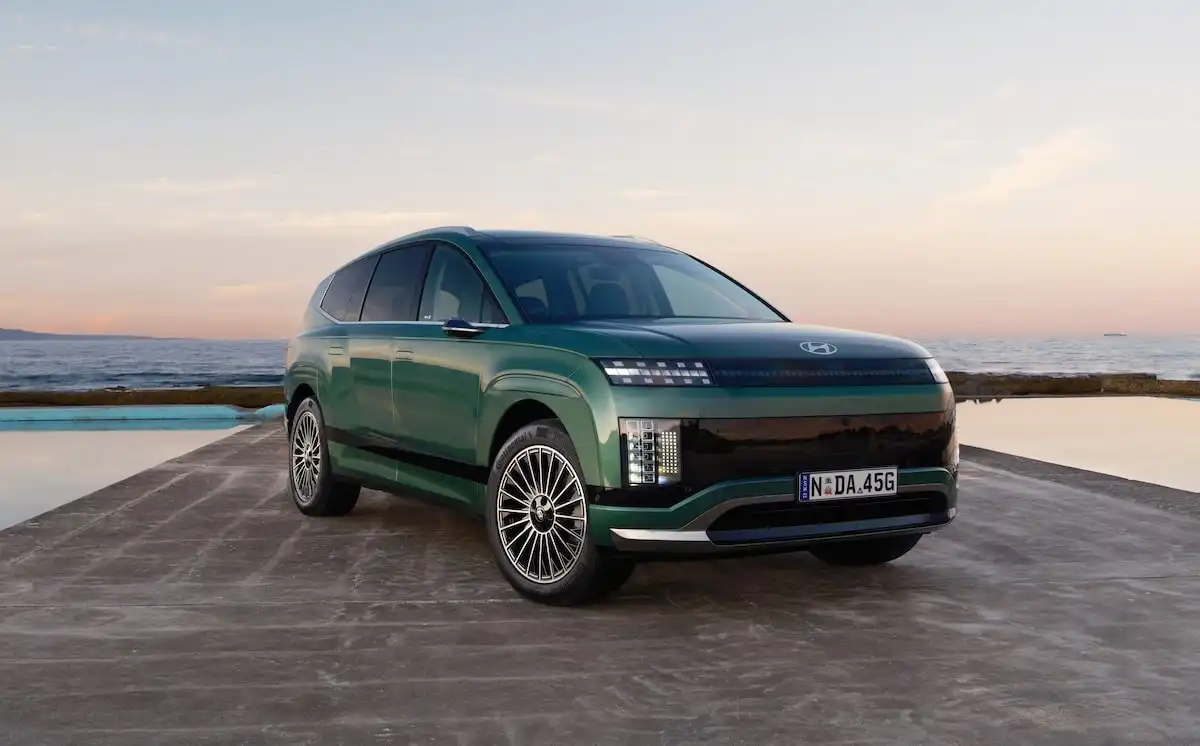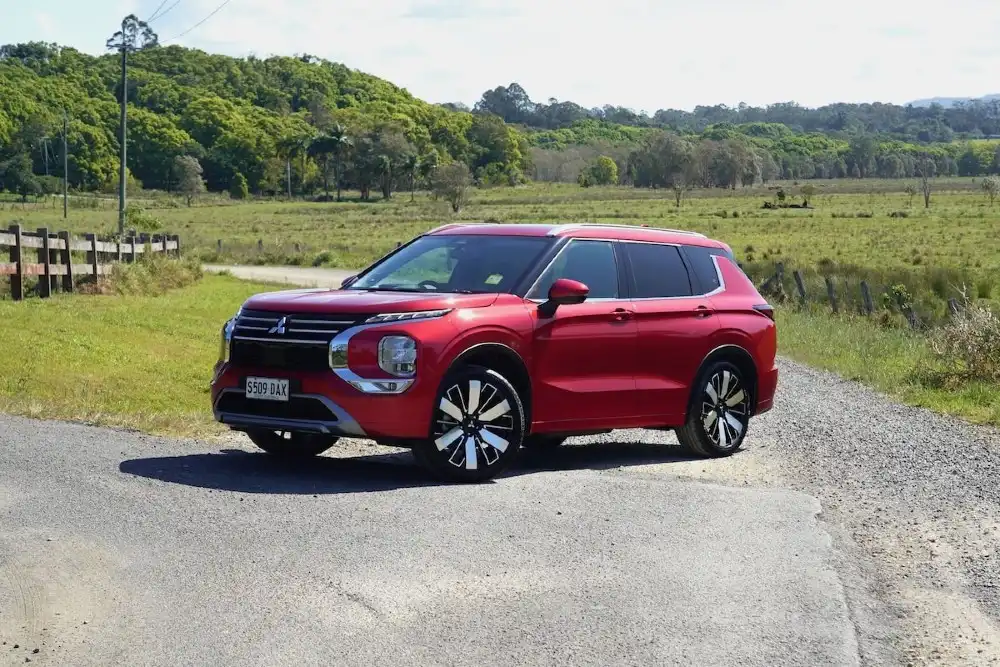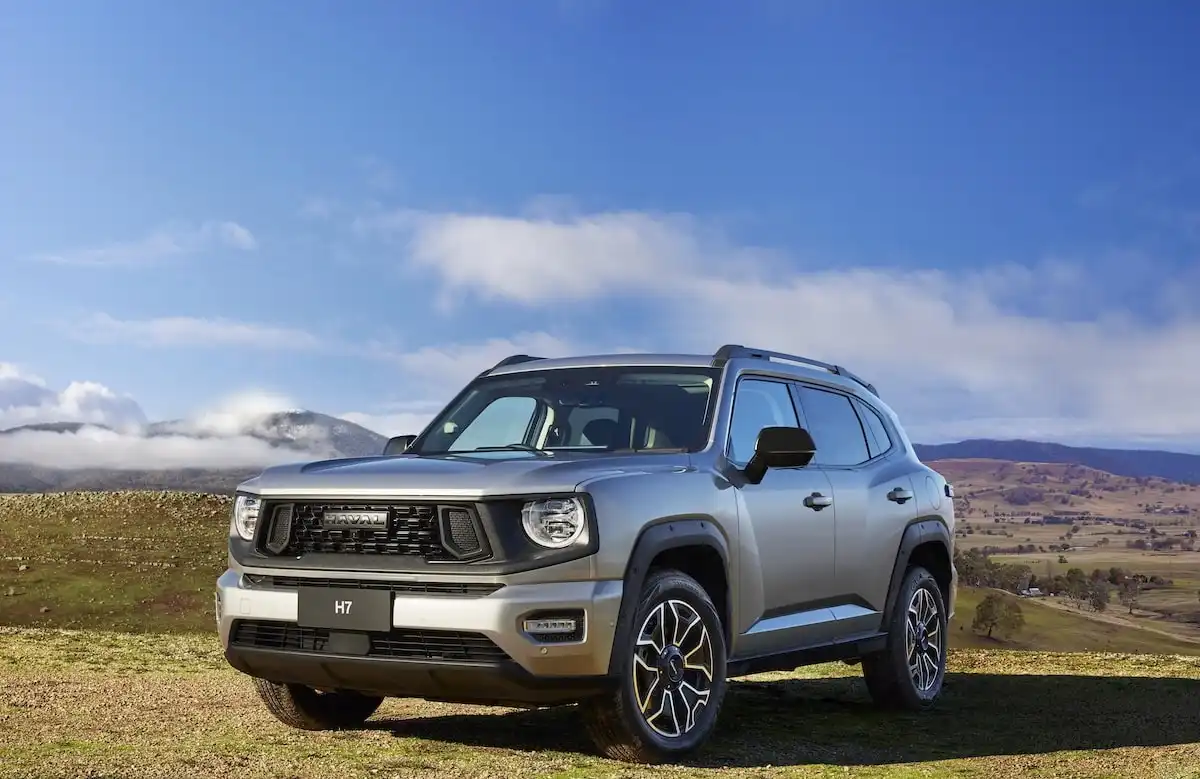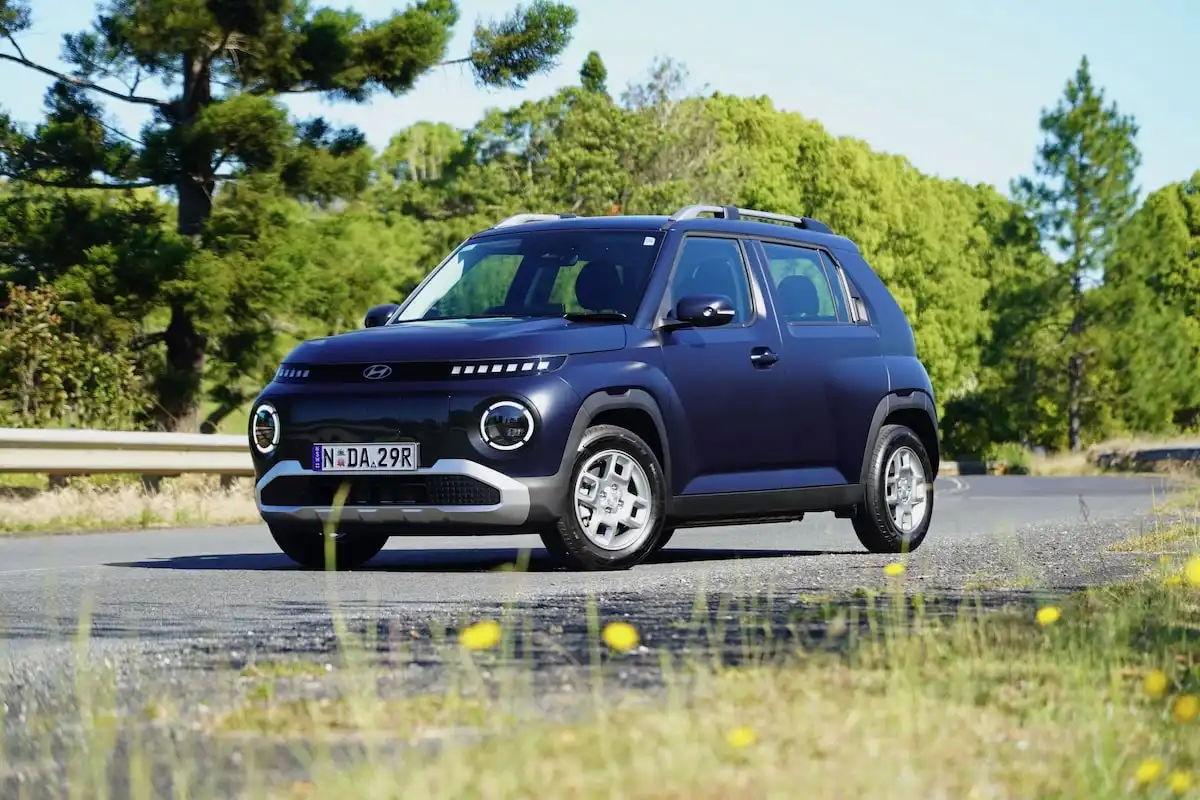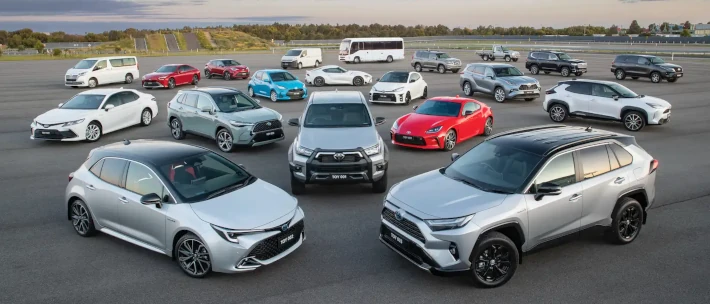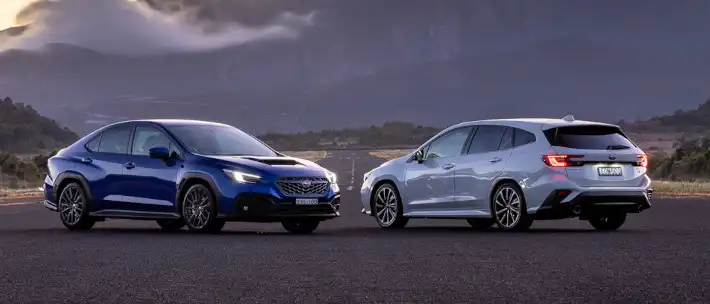In recent years, Volkswagen has been adding more and more options to the Amarok lineup, because the company knows just how much Australian buyers love utes.
Let’s take a look at the latest generation Amarok lineup and see how it stacks up against its competitors in terms of pricing, pulling power, entertainment and safety features, as well as all-around driving comfort.
Starting Price: $44,590
OnlineAuto Savings: $6,485
Volkswagen Amarok (TDI580 W580S 4MOTION) Specifications
| Model Date | 2022 |
| Make | VOLKSWAGEN |
| Model | AMAROK |
| Series | 2H MY21 |
| Variant | TDI580 W580S 4MOTION |
| Body | DUAL CAB UTILITY |
| Fuel type | DIESEL |
| Transmission | 8 SP AUTOMATIC |
| Drive | 4x4 |
| Engine | DTFI |
| Engine capacity | 2967 |
| Engine configuration | DUAL OVERHEAD CAM / 24 valves |
| Engine RPM | 3250 / 1400 |
| Cylinders | DTV6 |
| Torque | 580 |
| KW | 190 |
| Fuel tank size | 80.0 |
| Fuel usage specs | 9.5 / 0.0 |
| CO2 | 250 |
| ANCAP security rating | Unrated |
For more details and other variants, check Volkswagen Amarok car page.
Need help narrowing down your choices?
Get in touch with one of our Car Buying Specialists today
Request a quoteHow Much Does It Cost?
The Volkswagen Amarok lineup kicks off from $44,590 for the entry-level TDI400 Core 4x4 manual, while the automatic is priced at $47,590, and stepping up to the TDI500 Core 4x4 manual comes at a cost of $49,590.
From here, the range moves to the V6 TDI550 Core 4x4 auto which is priced at $52,590, while the Sportline and Highline variants are priced at $56,590 and $61,090 respectively.
Sitting at the top of the Amarok lineup, the V6 W580 4x4 auto is priced at $71,990, while the range-topping V6 W580S 4x4 auto is priced at $79,990.
Keep in mind that these prices are subject to change, and do not include on-road costs.
How Much Can OnlineAuto Save You?
Using OnlineAuto’s car buying service, you could save by sourcing one of our car specialists to help you find the best value model for you.
What Features Does the Volkswagen Amarok Have?
The entry-level Amarok TDI400 and TDI420 come riding on a set of 16-inch alloys, and receive a mechanical differential lock, leather-wrapped steering wheel, climate control, reversing camera and rear parking sensors, underbody protection, off-road driving modes, 6.3-inch infotainment system with Apple CarPlay & Android auto, body-coloured front bumper, rubber floor mats and a black rear step bumper.
Stepping up to the TDI500 adds a V6 engine, as well as 17-inch alloys, chrome exterior highlights and a set of fog lights, while the TDI500 Sportline receives 18-inch alloys, front and rear parking sensors, a chrome rear bumper, lockable tray, and aluminium interior highlights.
Opting for the TDI550 Highline adds a set of Bi-xenon headlights with LED daytime running lamps, a sports bar, side steps and a satellite navigation upgrade.
The range-topping W580S comes riding on 20-inch wheels with Pirelli Scorpion tyres, LED fog lights, a twin exhaust system, lifted Walkinshaw suspension and a Walkinshaw grille, heated front seats, Vienne leather upholstery, protective tub liner and a set of W580 decals around the body.
Range Features:
-
16-inch alloys
-
Mechanical locking differential
-
Leather-wrapped steering wheel
-
Climate control
-
6.3-inch infotainment system with Apple CarPlay & Android Auto
-
Reversing camera with rear parking sensors
-
Underbody protection
-
Off-road driving modes
-
17-inch alloys (TDI500)
-
Chrome highlights (TDI500)
-
18-inch alloys (TDI500 Sportline)
-
Front & rear parking sensors (TDI500 Sportline)
-
Chrome rear bumper (TDI500 Sportline)
-
Lockable tray (TDI500 Sportline)
-
Bi-xenon headlights (TDI500 Highline)
-
LED daytime running lamps (TDI500 Highline)
-
Sports bar (TDI500 Highline)
-
Side steps (TDI500 Highline)
-
20-inch wheels with Pirelli Scorpion tyres (W580S)
-
Lifted Walkinshaw suspension (W580S)
-
Heated front seats (W580S)
-
Vienne leather upholstery (W580S)
-
Protective tub liner (W580S)
Volkswagen Amarok Colours
The Volkswagen Amarok range is availabel in Candy White, Mojave Beige Metallic, Deep Black Pearlescent, Pyrite Silver Metallic, Atlantic Blur Metallic and Indium Grey Metallic paint finishes, while the W580S receives its own set of special paint finishes and decals.
Is it Comfortable to Drive?
It takes just a few minutes behind the wheel of the latest generation Amarok to realise just how capable and confidently it can tick the all-important boxes of worksite power and comfortable commuting, making it a true all-rounder for Australian families.
Buyers have a number of engine options in the Amarok range, with the base model receiving a 2.0-litre twin-turbo four-cylinder diesel kicking up 132kW of power and 400Nm of torque, which is paired with a six-speed manual or eight-speed automatic, depending on the variant.
This engine is a capable little unit that is more suited to those that aren’t putting their Amarok to work as much as some other buyers.
Those buyers should be looking at Volkswagen’s TDI500 and TDI550 lineup, which features a 3.0-litre turbo diesel V6 unit that produces 165kW of power but more importantly, between 500-550Nm of torque which is perfect for moving hefty payloads for work and towing large objects.
The range-topping TDI580 powertrain produces 190kW of power and 580Nm of torque, making it the most powerful engine lineup in the range, but it’s not essential to upgrade to this engine, with more than enough power in the standard six-cylinder turbo-diesel.
As a complete package, Volkswagen has done a great job in making the Amarok’s power delivery feel smooth and far more sophisticated than you’d expect from a ute, while the hardcore suspension underneath makes it float over bumps and irregularities on the road, making for a great road trip companion.
Around town, where a number of utes can feel big and bulky, the Amarok gains a lightweight steering rack that makes it simple to pilot in tight spots, and is surprisingly user-friendly while commuting around town.
Is the Volkswagen Amarok a Powerful Workhorse?
The majority of buyers will be putting their Amarok to use on the worksite with heavy payloads, or hitch a caravan to the back for a grand tour throughout Australia.
Volkswagen’s base models, the Amarok TDI 400, TDI420 and TDI500 variants have their braked towing capacities capped at 3,000kg, with the payload standing at 1,033kg. These Amarok variants have a gross vehicle mass (GVM) standing at 3,040kg, while the gross combination mass (GCM) stands at 5,550kg.
This means that the Amarok TDI550 and the TDI580 are the best options for purpose of towing caravans, with a braked towing capacity that rises up to 3,500kg, while the payload capacity drops to between 993-989kg. Gross vehicle mass (GVM) and gross combination mass (GCM) for the Amarok TDI550 stands at an impressive 3,080kg and 6,000kg respectively, which matches the pulling power of the segment’s biggest hitters.
In terms of off-roading, the Amarok range offers a ground clearance of 192mm - which increases in the flagship W580 range - while the wading depth is rated at 500mm and the approach and departure angles stand at 29.5 and 18 degrees respectively.
Is it Practical and Spacious?
Inside, the Amarok’s cabin is surprisingly refined for a work-ready ute, with a cabin that benefits from Volkswagen’s clever interior packaging.
Up front, there’s a heap of headroom inside the wide cabin, making it an easy process to sit back and get comfortable on long journeys, which also benefits from a completely adjustable driver’s position.
The base model comes with a leather-wrapped steering wheel while the rest of the cabin gains rubber floors, with higher-spec variants adding premium features like leather upholstery, carpeted floors, and even power-adjustable heated seats in the flagship variants.
All up, the packaging inside the interior is utilitarian and ready for the worksite but has begun to look a bit dated when compared to some of its newer rivals that include a larger infotainment screen atop the dash, for example.
Having said that, though, the cabin is practical and spacious for a dual-cab ute, with an impressive amount of legroom for the segment behind the driver, which is the perfect place to accommodate a pair of kids, although legroom is lacking for a full-sized adult to get comfortable; this is nothing new for the dual-cab segment, though.
In terms of loading up with cargo, the Amarok has a tray measuring 1,555mm long by 1,620mm wide, which equates to a tray capacity of around 2,520L. This means that it’s not the largest in the segment, but is still up for the task of transporting a full-sized pallet in the tray.
Is it Safe?
The Volkswagen Amarok range has been awarded ANCAP’s maximum five-star safety rating, scoring 14 out of 16 for front impact offset, and 16 out of 16 for side impacts, while pedestrian protection was rated as adequate.
Unfortunately, the Amarok range doesn’t receive much in the way of active safety technologies that many of its rivals do, which is a bit of a disappointment when you consider some of the price tags attached to higher-spec variants.
Is it Fuel Efficient?
The entry-level Amarok TDI400 and TDI420 return fuel economy figures of 8.4L/100km and 8.9L/100km respectively on a combined cycle, while the TDI500 is rated at 9.7L/100km.
Stepping up to the TDI550 brings fuel economy back down to 9.1L/100km, while the range-topping TDI580 is rated at 9.5L/100km on a combined cycle.
All up, fuel economy in the Amarok range is nothing to get excited about, and is representative of the power and torque figures on offer in the work-ready package.
Our Verdict: Is the Volkswagen Amarok Worth it?
For those looking for a European alternative to segment favourites like the Ford Ranger and Toyota HiLux, the Volkswagen Amarok range is an attractive option on paper, although you might need to step higher up into the range in order to get towing figures that match its major rivals.
All up, though, the Amarok’s platform is rugged and ready for the worksite, while remaining impressively comfortable and sophisticated on commutes around town, making it a great all-rounder for Australian families.
As a result, we encourage you to add it to your shortlist of dual-cab utes. On that note, if you’re in the market for a new car, you can get a free quote and see how much OnlineAuto can save you on your next car, or call us on 1300 719 925
Five Specs You Need to Know
-
Five-star ANCAP safety rating
-
Five-year/unlimited KM warranty
-
12-month/15,000km service intervals
-
4x4 system with mechanical differential lock standard across the range
-
Braked towing capacity between 3,000-3,500kg, depending on variant
Pros
-
Spacious and comfortable interior cabin
-
Smooth drivetrain
-
Capable suspension on rough roads
-
Rear differential lock as standard
Cons
-
Absence of active safety technologies
-
Dated, underwhelming infotainment system
-
Pricey mid and high-spec variants
Volkswagen Amarok Competition
Volkswagen Amarok |
VS |
Toyota HiLux |
| Ford Ranger | ||
| Isuzu D-MAX | ||
| Mitsubishi Triton | ||
| Mercedes X Class | ||
| Nissan Navara |
